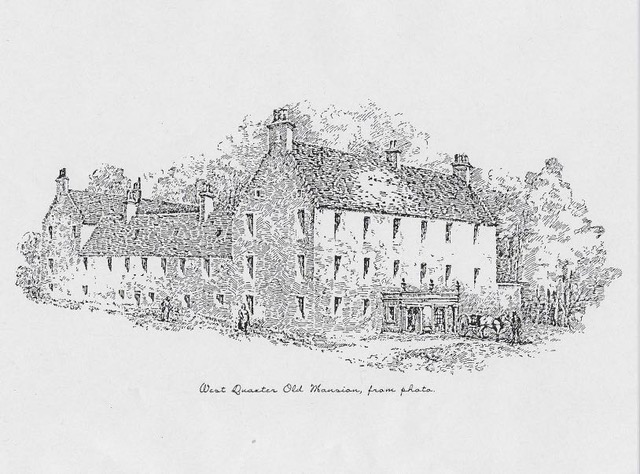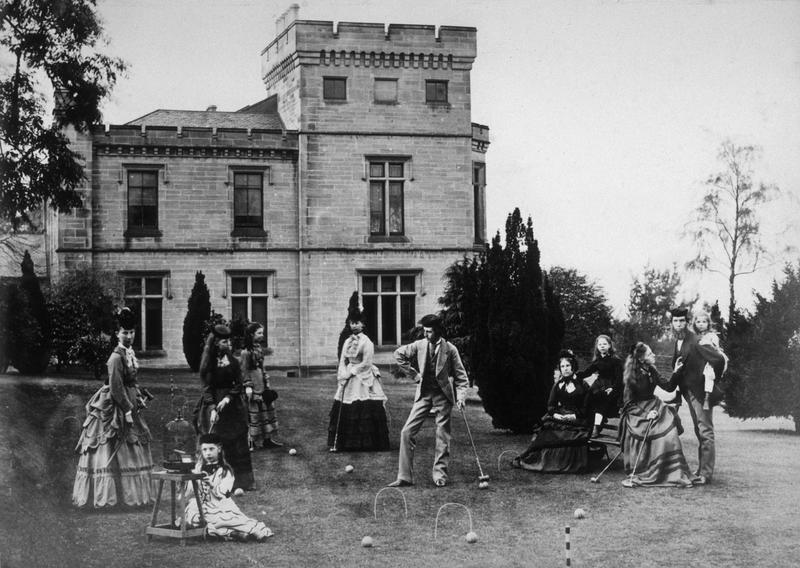George McKenzie recalls working at Grahamston Iron Company in the 1970s as a patternmaker.
Apprenticeship
I began my working life at 16, joining Grahamston Iron Company, Gowan Avenue, Falkirk, directly from school in July 1976 as an apprentice patternmaker.
Grahamston, or Mitchell’s Foundry (pronounced Foondry – if you lived in certain parts) as it was generally called, after the main directors and owners of the company, was one of many which at one time proliferated in the town going back to the Victorian era.
Although the cast iron industry in Falkirk had been such a major employer and influence over the years, I must admit to my ignorance of the industry and indeed of my profession when I started. Basically, I needed a job and this one became available. Even going back almost forty four years, jobs and apprenticeships in particular were highly sought after and this one was subsidised by the government with no guarantee of full employment at the end of the four years of training.
I was quite taken aback upon entering the foundry for the first time. It was like steeping back to the Victorian era, a living museum almost. I actually thought I was at a coal mine, going by the number of dirty faces, covered in soot and sand, and I was relieved to find that I had one of the cleanest jobs in the factory.
Patternmaking
My job as a patternmaker involved producing an original “model,” generally in wood or Plaster of Paris, of the actual item that the company wished to produce. This had to be made to a size which would allow the finished metal to shrink, or contract, to the required size. Depending on the quantity and, or quality of the item, these would then go in to production in one of the mechanised plants or be produced by more highly skilled floor moulders or pattern moulders.
During my six years at the company the main items of production were cast iron gutters, pipes, manholes and coal/peat burning fireplaces. I did experience being able to produce original patterns but there were many instances of repairs carried out to existing ones to correct faults in the production process. However, the position of patternmaker, I discovered, was much revered at one time. They would wear white aprons when at work, distinguishing them from the less “skilled” workers. Grahamston had a craft room which I was given access to once or twice where some artefacts were securely stored and indeed it was clear to see that, at one time, those who had gone before were true artisans.
Characters
The foundry contained many characters such as the tradesman I reported to, John Archibald, who was “asked” to retire at the age of seventy-four having worked there since leaving school at fourteen! John was a very talented tradesman and very much a gentleman. He always referred to the directors/owners of the company as “the maisters” (masters) and they were usually spoken to as Mr, followed by their Christian name.
Harry Philips, a floor moulder, was another character. Sometimes referred to as Harry the seagull, he would regularly buy chips from the company canteen, returning to the moulding department to eat them. He would then remove his false teeth, grab a handful of chips and proceed to drop them in to his wide-open mouth, which would be pointing upwards. Very much like a gull guzzling on a scrap of food. Harry was also a heavy smoker and regularly went through 40-60 Players or Capstan “Navy Cut” full-strength untipped cigarettes, and his barking cough could be heard well in advance of his appearance anywhere.
Women in the Foundry
Like most heavy industry of that era, men dominated the workforce. However, the one area which was almost entirely female was the core shop. A visit to the core shop by a sixteen-year-old lad could be a frightening experience! Most of the women could be as bawdy as their male counterparts.
One woman, Annie (last name escapes me) became well known in the pattern shop. She was affectionately known as Mrs Shoes as she regularly, almost weekly, would appear with a brand new pair of shoes. She would ask my colleague Alan Fleming to remove the protective heal tip, then reduce the heel height to her specification, then replace the tip. She apparently could not find shoes which were a perfect fit and also a perfect height. When collecting her “alterations” she always left Alan 50p or so as a thank you.
However, the thank yous became less and less, eventually stopping. The alteration requests nonetheless continued. At this point, Alan decided that “enough was enough” and when the next pair were left with him he basically removed the entire heel from both shoes and packed the shoes along with the severed heels in the box awaiting collection. I, along with most of the pattern shop made sure we were not there when Mrs. Shoes came to collect! Needless to say, we never saw Mrs Shoes shoes again!
Taking a Break
The standard working day was 8am – 4.30pm with a half hour for lunch and, as we only worked four hours without a break, this meant we were not (officially) entitled to a tea break. But by way of compensation, the company paid us the wonderfully generous sum of eight and a half pence per week. Most of us continued to take a quick tea break, usually boiled in an old baked beans tin with a piece of hooped wire strung through two eyelets at the top – usually created by punching a hole with a hammer and a nail (the original reusable mug?) We always kept one eye open for any management coming round the corner.
Quite often, I would take my lunch, with tin tea can in hand, down to the floor moulding department, as there were a few more lads of my age there. They would pour any excess molten metal in to a rough sand hole and place an upturned sand sieve (or riddle) over the top. On top of the metal mesh would be placed the men’s “pieces” (sandwiches) which would toast in a matter of seconds. Bear in mind that seconds before hand these riddles had been used to sieve dirty black industrial sand in to the moulder’s boxes, in order to provide a smooth surface for the mould. A cheese toasty has never tasted the same again!
At sixteen my mother was still making my daily “piece” and being very health conscious she ensured that I had brown bread. I remember receiving a considerable amount of stick for having “Broon Breed Pieces!” I mean, who has pieces wi broon breed?! This was in an era where white plain loaf dominated.
In order to comply with Health & Safety requirements the foundry had a number of first aid boxes dotted around the premises along with qualified first aiders and I was one. This led me to treat a number of molten metal burns, which was not pleasant. This was made worse when, in the case of burns to the feet, it meant removing boots and socks which had most likely been worn day in day out for many years. Take a large breath… and hold it for as long as possible!
By George McKenzie, Oral History (Great Place) volunteer 2020.

